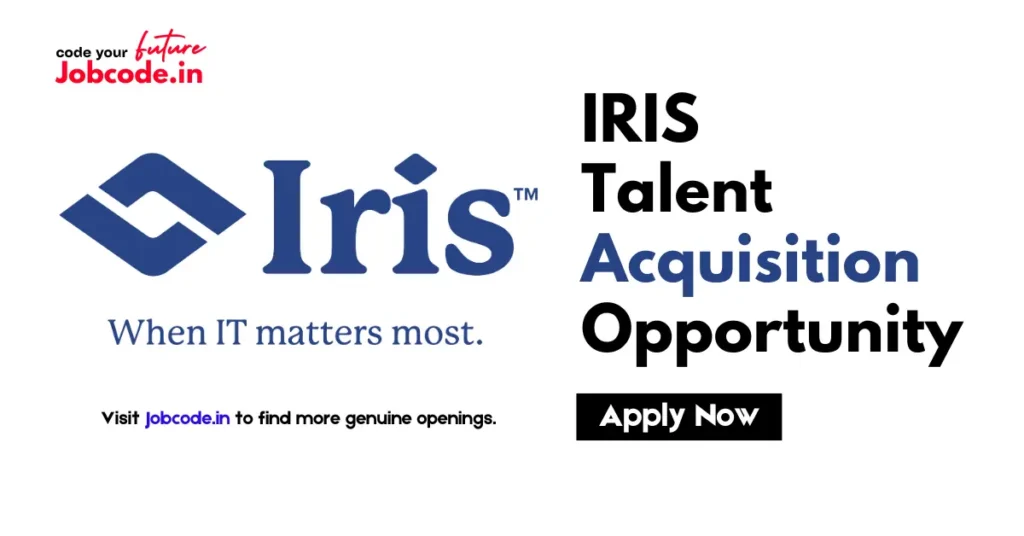React Native remains one of the most powerful frameworks for cross-platform mobile app development in 2025. Whether you’re a beginner or an experienced developer, following a structured roadmap will help you master React Native efficiently. This guide covers essential topics and provides a clear learning path for becoming a skilled React Native developer.
1. Programming Language
Before diving into React Native, you must understand its core programming languages:
- JavaScript – Learn the basics, including ES6+ features, functions, objects, and arrays.
- TypeScript – Strongly typed JavaScript for better code maintainability.
- React (Web) – Understanding React basics, components, props, and state.
2. Development Environment
Choose an Integrated Development Environment (IDE) to write and test your React Native apps:
- VS Code – Lightweight and extensible.
- WebStorm – Feature-rich IDE for JavaScript development.
Additionally, install Node.js and npm or Yarn for package management.
3. Core React Native Concepts
React Native revolves around components and UI rendering:
- Core Components – View, Text, Image, ScrollView, FlatList, SectionList.
- Styling – Flexbox, StyleSheet, responsive UI design.
- Navigation – React Navigation for handling screens and routes.
4. Handling User Input
Learn how to manage user input effectively:
- TextInput – Handling user text input.
- Button & Pressable – Handling user actions.
- Gesture Handling – Implementing swipe and touch gestures.
5. State Management
Manage the state of your application efficiently:
- useState & useReducer – Basic state management with React Hooks.
- Context API – Managing global state without external libraries.
- Redux & Zustand – Advanced state management solutions.
- Recoil & Jotai – Modern and lightweight state management.
6. API Integration
Communicating with backends is crucial:
- Fetch API & Axios – Making HTTP requests.
- GraphQL & Apollo – Querying data efficiently.
- WebSockets – Real-time communication.
7. Database & Storage
Store data persistently using various solutions:
- AsyncStorage & SecureStore – Local storage solutions.
- SQLite & WatermelonDB – Database solutions for large-scale apps.
- Firebase Firestore & Supabase – Cloud database solutions.
8. Authentication & Security
Ensure secure user authentication and data handling:
- JWT Authentication – Token-based authentication.
- OAuth & Firebase Auth – Google, Facebook, and Apple sign-in.
- Biometric Authentication – Face ID and fingerprint login.
9. Animations & Gestures
Create fluid animations for better user experience:
- React Native Animated API – Basic and complex animations.
- Reanimated & Gesture Handler – Advanced animations and gesture control.
- Lottie – Adding high-quality animations.
10. Performance Optimization
Improve your app’s performance:
- Avoid Re-Renders – Using React.memo and useCallback.
- Optimizing Lists – VirtualizedLists and FlatList optimizations.
- Reduce Bundle Size – Tree-shaking and code splitting.
11. Testing & Debugging
Ensure your app is bug-free with testing and debugging tools:
- React Developer Tools – Debugging React components.
- Flipper – Debugging network requests and performance.
- Jest & React Native Testing Library – Unit and integration testing.
12. CI/CD & Deployment
Automate builds and deployment processes:
- Fastlane – Automating app deployment.
- App Store & Google Play – Publishing your app.
- Over-the-Air (OTA) Updates – Using CodePush and Expo Updates.
13. Native Modules & Integrations
Extend React Native functionality with native modules:
- Java/Kotlin for Android – Native Android development.
- Swift/Objective-C for iOS – Native iOS development.
- Bridging Native Code – Communicating between React Native and native modules.
14. Firebase & Cloud Services
Enhance your app with cloud-based functionalities:
- Firebase Authentication – User login and sign-up.
- Cloud Firestore & Realtime Database – Storing app data.
- Firebase Cloud Messaging – Push notifications.
15. Keep Learning & Growing
Stay updated with the latest React Native trends:
- Follow official documentation and community forums.
- Experiment with projects and open-source contributions.
- Keep up with the latest React Native updates and best practices.
✨ Requirements to Get Started
- Any operating system (Windows, macOS, Linux).
- Any IDE with Node.js and React Native CLI installed.
- Basic knowledge of JavaScript and React.
- A willingness to learn and improve! 🤓
Conclusion
Following this roadmap will help you become a proficient React Native developer in 2025. By mastering core concepts, state management, API integration, animations, and performance optimization, you’ll be well-equipped to build high-quality cross-platform applications. Keep learning, experimenting, and staying up-to-date with the latest React Native advancements. Happy coding!








